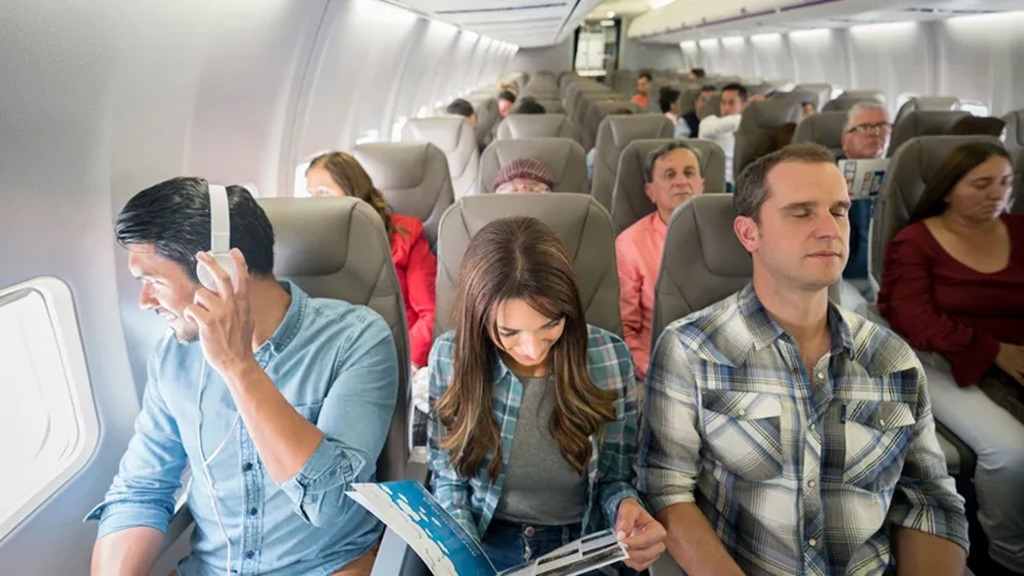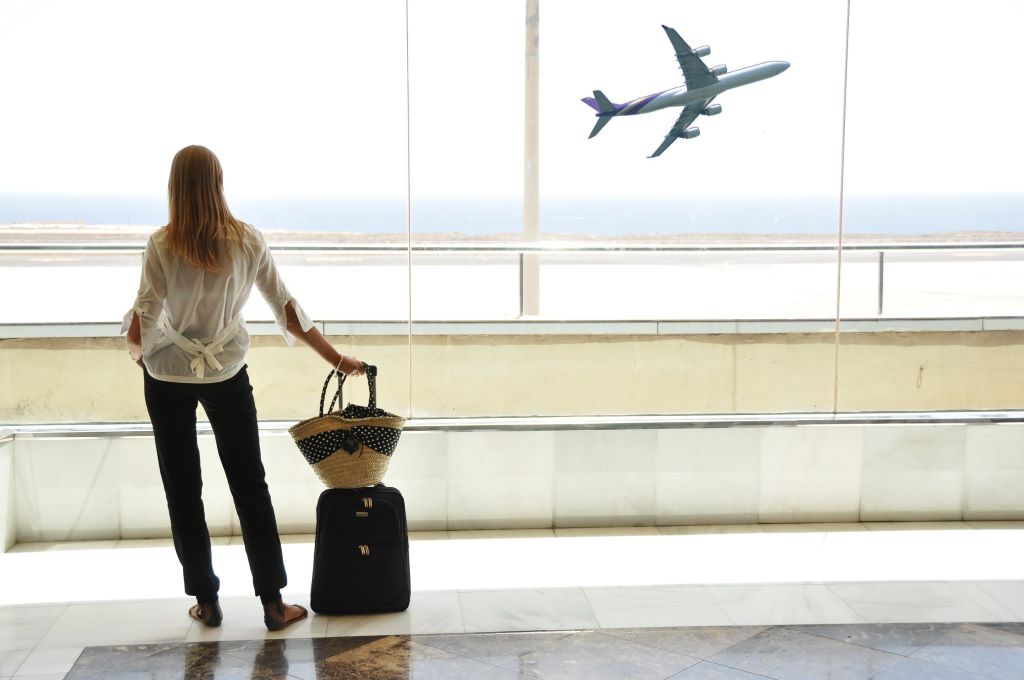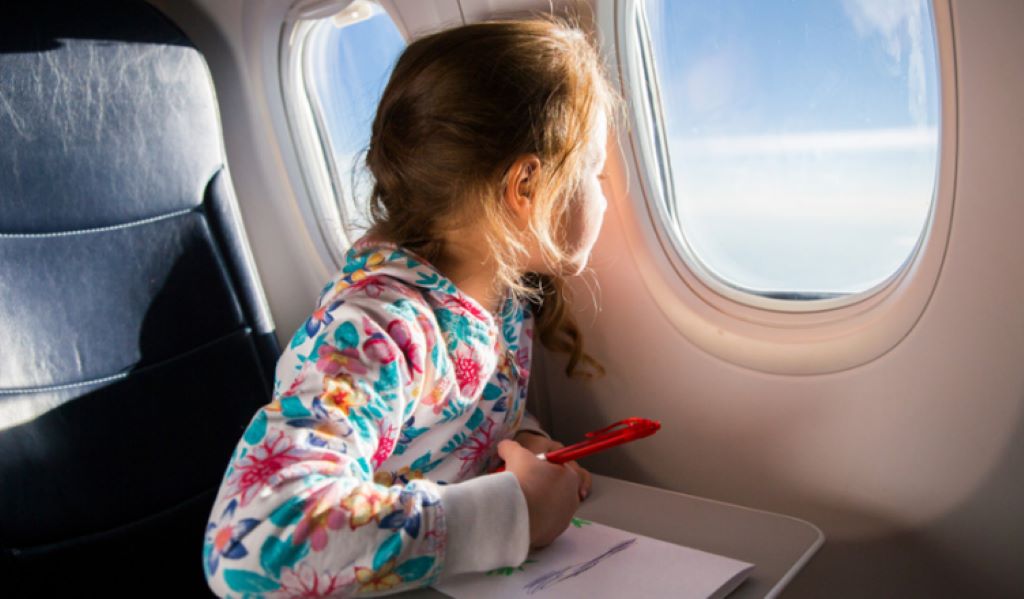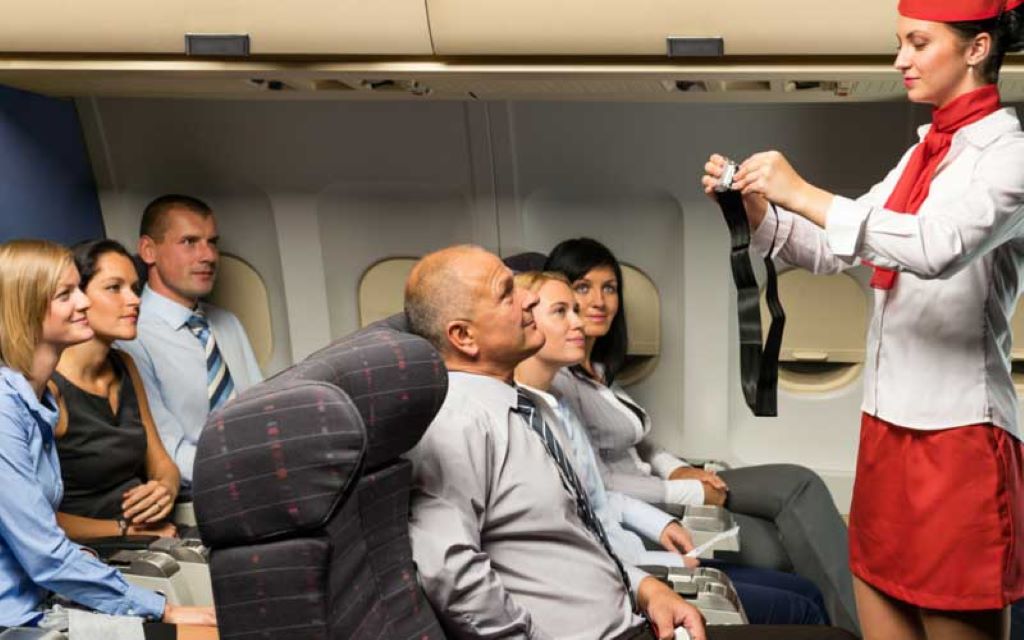For someone who has never flown before, the thought of their first flight can be quite intimidating. However, flying is much easier than it appears! From booking your flight to boarding the plane, and then landing safely at your destination, this beginner’s guide will walk you through everything you need to know to make your first flight a smooth and comfortable experience.
You’ll learn about the different types of flights, how to book a ticket, what to pack, how to navigate the airport, what to expect during the flight, and what to do when you arrive at your destination. By the end of this guide, you’ll have all the first time flying tips you need to make your first flight a successful and stress-free experience.
Booking Your Flight
Booking your first flight might seem confusing, but it’s pretty straightforward once you get the hang of it. Here are some tips for booking your first ticket:
Compare flight search engines
Sites like Expedia, Priceline, and Kayak are flight search aggregators that compare prices across different airlines and websites. This allows you to easily shop for the best deal. I’d recommend checking a few different engines to find the lowest fare.
Be flexible with dates and airlines
If your travel dates aren’t set in stone, consider flying a day before or after your original plan. Flights can vary wildly in price between different days of the week. You’ll typically find the cheapest fares on Tuesdays, Wednesdays, and Saturdays.
Remaining flexible on which airline you fly can also help you save money. Sometimes one airline will be significantly cheaper than others for the same route.
Book early
Airfares tend to get pricier closer you get to the travel date. If your plans are set, try booking at least two months in advance. Last-minute flights will almost always be more expensive.
Consider budget airlines
Major carriers like United, Delta, and American Airlines dominate, but they aren’t your only options. Budget airlines like Spirit, Frontier, and Allegiant offer no-frills flights at lower prices. Just be aware of extra fees for carry-on bags and other add-ons.
Understand flight types
There are two main flight types:
- Nonstop – A direct flight between two cities with no layovers. This is the quickest option.
- Connecting – A flight with one or more stops along the way. This requires you to switch planes but is sometimes cheaper.
Connecting flights add extra time to your travel but can be worth it to save money.
Picking Your Seat
Once you book your flight, you’ll be able to pick your seat. Here are some things to consider for your first flight:
Seat location
- Window seats – Best views, more privacy, limited mobility.
- Aisle seats – Easier access to restrooms, more legroom, may get bumped by carts.
- Middle seats – Least desirable, least privacy.
Think about what’s important to you and your travel companions when selecting. Groups and families should try to sit together.
Exit rows and bulkheads
These rows offer extra legroom for a more comfortable flight:
- Exit rows – Rows next to emergency exits. More legroom but no under-seat storage.
- Bulkheads – First row of each section. Space in front but seats don’t recline.
There is usually an extra charge for these seats but they’re worth considering for long flights.
Avoid reserving too far in advance
Airlines can and do change seat layouts on aircraft. The specific seat you picked months ago may be different by departure. I’d advise waiting until check-in (24 hours before flight) to select your actual seat.
What to Pack
Your carry-on and personal item will be your lifelines during the flight. Here are some tips for what to pack:
Carry-on bag
- Clothes for 1-2 days in case of lost luggage
- Toiletries – 3 oz. or less liquids
- Medications
- Valuables like laptop, camera, documents
- Entertainment like books, tablet, headphones
- Snacks
- Empty water bottle to refill post-security
Choose a bag that meets the airline’s carry-on size limits. Backpacks, duffel bags, and small suitcases all work.
Personal item
This second smaller item fits under the seat:
- Small purse, briefcase, laptop bag
- Inflight entertainment and essentials
- Travel documents
Keeping your personal item separate from your carry-on allows you to access things mid-flight without digging through the overhead bin.
Leave prohibited items at home
Don’t attempt to pack any banned items like sharp objects, flammable liquids, or sporting goods. Trying to sneak prohibited items through security will ruin your travel day.
Weigh your bags before leaving
Use your bathroom scale to weigh your packed bags. Overweight carry-ons may get checked at the gate, costing you precious time on arrival. Every airline has different carry-on weight limits, so check yours.
Navigating the Airport
The airport can seem like a labyrinth of lines, signs, and corridors for first-time travelers. Here are some tips for navigating airport terminals:
Allow plenty of time
It takes most travelers 1-2 hours to get through parking/drop-off, check-in, security, and to their gate. Build in extra buffer time in case of traffic or lines. Getting to the gate late can mean missing your flight.
Print or download boarding passes
Most airlines allow you to check-in online 24 hours before departure. I’d advise printing out passes or downloading them to your phone. Scrambling at check-in kiosks leads to longer lines.
Follow signs to security
Once inside the terminal, signs will guide you to the TSA security checkpoint. This is typically in a central location, with different concourses shooting off beyond security.
Know prohibited security items
Avoid packing banned items to prevent confusion at security. Be prepared to remove shoes, liquids, laptops, and coats to send through the scanner. Having these easily accessible in your bag saves time.
Locate your gate first
Before grabbing food or browsing shops, take a few minutes to find your gate. This prevents last-minute scrambles down lengthy concourses and through crowds.
Surviving Airport Security
For many first-time fliers, getting through airport security is the most stressful part. Don’t sweat it! Just follow these tips:
Have ID and boarding pass ready
Keep these essentials easily accessible so you’re not fumbling through your bags when it’s your turn. Both TSA agents and electronic kiosks will ask to scan them.
Remove metal objects from your pockets
Dump loose change, keys, wallets, hair clips, and other metal items into your carry-on bag before approaching the scanner. Forgotten items in your pockets will set off the alarm.
Leave coats and jackets on
You’ll remove bulky outerwear right before going through the body scanner so you aren’t juggling everything. Just have it unbuttoned and ready to take off.
Follow the agent’s instructions
From removing your shoes to loading trays, just listen and do what the attendant says. If you have questions, politely ask the agent guiding you through.
Don’t make jokes
It may be tempting to crack wise when asked if you packed any explosives, but don’t! Airport security workers don’t appreciate humor when it comes to safety.
Follow these tips and you’ll breeze through the security checkpoint – no sweat.
Boarding the Plane
You’ve made it through security and grabbed a quick bite. Before you know it, you’ll be boarding your flight. Here’s what to expect:
Locate your gate
Make sure you’re at the right gate well ahead of boarding time. Gate changes happen, so keep an eye out for announcements and monitor the monitors.
Pay attention for priority boarding calls
Listen closely for when any priority boarding groups or special assistance rows are called to line up. This is usually before general boarding.
Scan your boarding pass
Electronic scanners at the gate will validate your boarding pass before letting you enter the jet bridge. Make sure you still have it handy and ready to scan.
Stow your bags efficiently
Once onboard, be sure to store your bags wheels first with handles facing out for easy retrieval later. Don’t take up too much space in the bin.
Settle into your seat
Locate your seat number, stow your personal item, and buckle up. Placing your smaller bag under the seat right away prevents crowding later on.
Relax and enjoy the ride
As the plane taxis and takes off, sit back and enjoy the magic of flight! Before you know it, you’ll be landing at your destination.
Inflight Etiquette
You want your first flight to be smooth sailing. Follow these simple rules of etiquette to keep your trip pleasant:
Listen to the safety briefing
Paying attention to the flight attendant’s safety demo and reading the info card is important. Be ready to ask questions if you’re unsure of anything.
Keep your area tidy
Aside from take-off and landing, you’re free to access your bags. Just be sure to keep your area neat for those getting up frequently.
Follow crew instructions
Comply with the flight attendants’ guidance such as turning off devices, opening windows, or returning your seat to the upright position. This helps ensure a safe flight.
Use headphones
Watching movies or listening to music? Make sure to use headphones as to not disturb your neighbors with sound. Consider noise-cancelling headphones to mute the loud cabin.
Avoid kicking seatbacks
Reclining and stretching out is fine, but be careful not to kick or jostle the seat in front of you. The person there definitely won’t appreciate it.
Traveling respectfully makes the cramped cabin more pleasant for everyone. Golden rule: treat your fellow passengers how you want to be treated.
Surviving Turbulence
Turbulence is disconcerting for new flyers but rarely dangerous. Here is advice for handling bumps smoothly:
Listen to crew instructions
If the seat belt sign activates or flight attendants ask you to return to your seat, comply promptly. The crew aims to keep you safe.
Keep seatbelt fastened
Leaving your seatbelt loosely buckled even when the sign is off means you’re already strapped in if hitting turbulence.
Stow carry-on bags
Having your personal items safely stowed reduces risk of falling objects that could injure passengers during turbulence.
Grip armrests firmly
Holding onto the solid armrests helps stabilize you if the plane drops suddenly. Avoid reaching out blindly to brace yourself.
Breathe slowly and deeply
Calm breathing counteracts your body’s fight or flight response. Inhale slowly through your nose and exhale through your mouth. The turbulence will be over before you know it.
Arriving at Your Destination
You’re almost to your destination! Here’s how to stick the landing:
Prepare for arrival
About 30 minutes before landing, return your seatback to the upright position and securely stow all carry-on items.
Deplane carefully
Unbuckle promptly when parked at the gate and retrieve your things. Watch your head when exiting through low doorframes.
Follow signs to baggage claim
Look for monitors listing your flight number and signs directing you to the baggage carousels. Proceed there to retrieve checked bags.
Clear customs if traveling internationally
Be prepared for an additional step here involving immigration forms, document checks, and bag scanning. Just follow the signs.
Book ground transportation
Secure a rental car or rideshare ahead of time for the most seamless airport exit. Don’t wait until the last minute.
With the landing gear down and brakes engaged, you’ve officially completed your first flight! Hopefully these tips made your maiden voyage smooth and stress-free. The more you travel by air, the more routine it will become. Soon you’ll be a frequent flyer veteran jetting around the globe with ease. Welcome to the friendly skies!
FAQs
How early should I arrive at the airport for an international flight?
For international flights, I recommend arriving at the airport 3 hours before your scheduled departure time. This gives you adequate time to check bags, clear customs, and navigate additional security measures.
How can I overcome a fear of flying?
Strategies to manage flight anxiety include breathing exercises, distraction with music/books, and positive self-talk. Discuss your concerns with empathetic crew members for reassurance. Consider avoiding caffeine and alcohol which can amplify anxiety.
What documents do I need to fly within the U.S.?
For domestic U.S. flights, you’ll need a valid driver’s license, state I.D. card, passport, military I.D., permanent resident card, or tribal photo I.D. These prove your identity when going through security.
Can I request special accommodations?
Absolutely. Airlines provide accommodations for disabilities, medical conditions, and other needs. When booking, you can request wheelchair service, special meals, seating aids, and more. Inform crew members of any requests.
What should I do if my flight is delayed or cancelled?
If delayed, you can request rebooking on alternate flights or a travel voucher. For cancellations, ask to be rebooked or refunded. Polite persistence with airline staff goes a long way to resolving issues.
In Summary
In the first time flying tips, navigating air travel may seem daunting. But going in with the proper preparation and knowledge helps ensure a smooth journey from takeoff to touchdown. The keys for newbies are allowing plenty of time, following crew instructions, packing smart, avoiding prohibited items, and practicing flight etiquette.
Turbulence may rattle your nerves, but utilize breathing techniques and trust the pilots have everything under control. Before you know it, you’ll be a frequent flyer navigating airports and boarding planes with total ease. However, it’s essential to consider the environmental impact as the disadvantage of personal transport, especially air travel, contributes to carbon emissions and climate change. With this beginner’s guide under your belt, you can fly the friendly skies with confidence, but it’s crucial to be mindful of the ecological footprint left behind. Clear skies and tailwinds ahead on your first flight, balanced with environmental responsibility.







